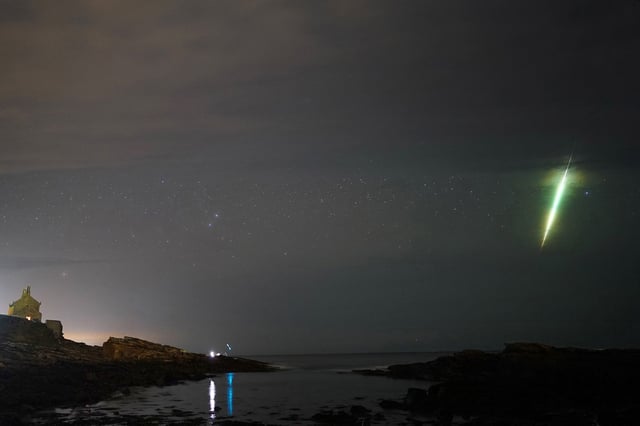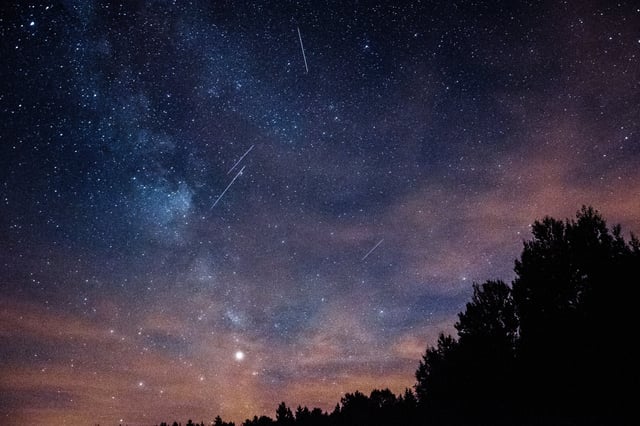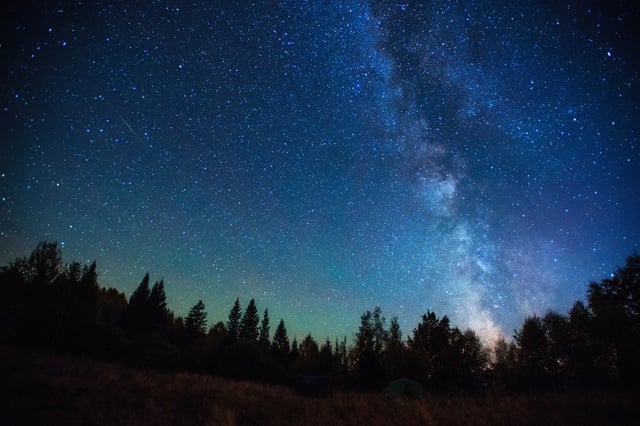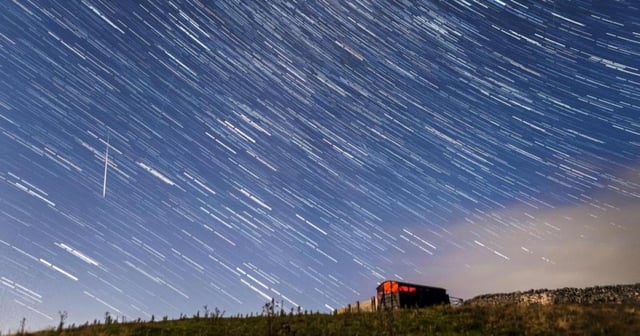Overview
- The peak arrives around 3 p.m. ET (1900 GMT) on October 8 during a short October 6–10 window with activity concentrated over hours.
- Viewing is best shortly after nightfall for Northern Hemisphere observers facing north toward Draco from dark, moon-shielded locations.
- The meteors originate from debris shed by comet 21P/Giacobini‑Zinner, whose March perihelion has prompted hopes for heightened activity.
- Historically volatile Draconids have produced rare storms, including notable bursts in 1933, 1946 and 2011, though experts expect moonlight to suppress visible rates this year.
- The Orionids follow on October 20–22 and are forecast to be the more reliable show, with roughly 10–20 meteors per hour under a new moon.



